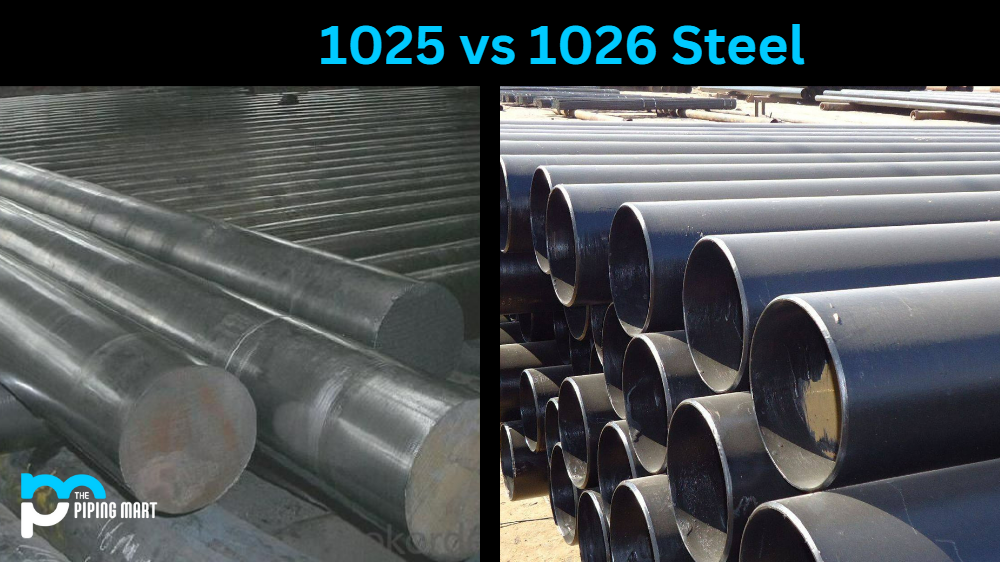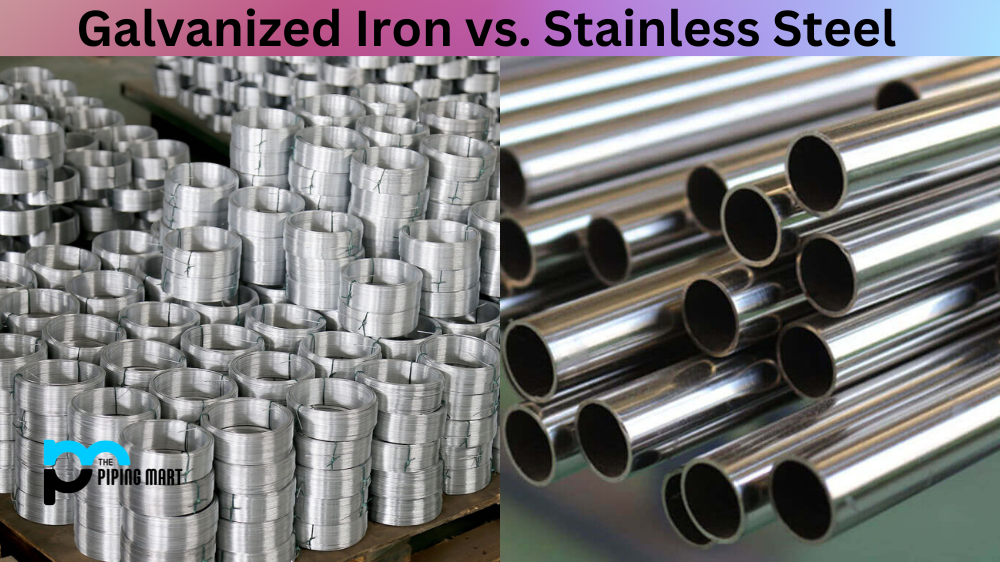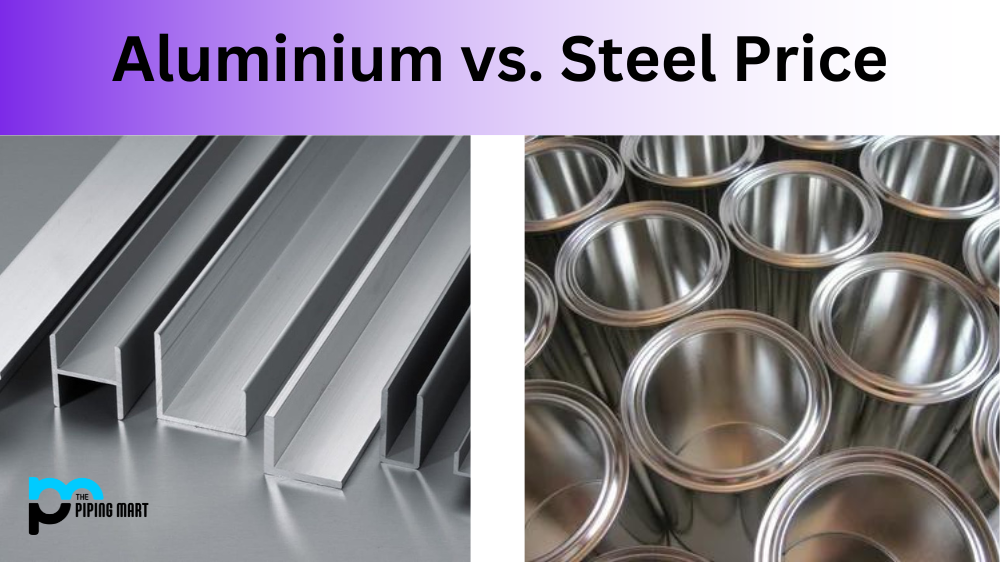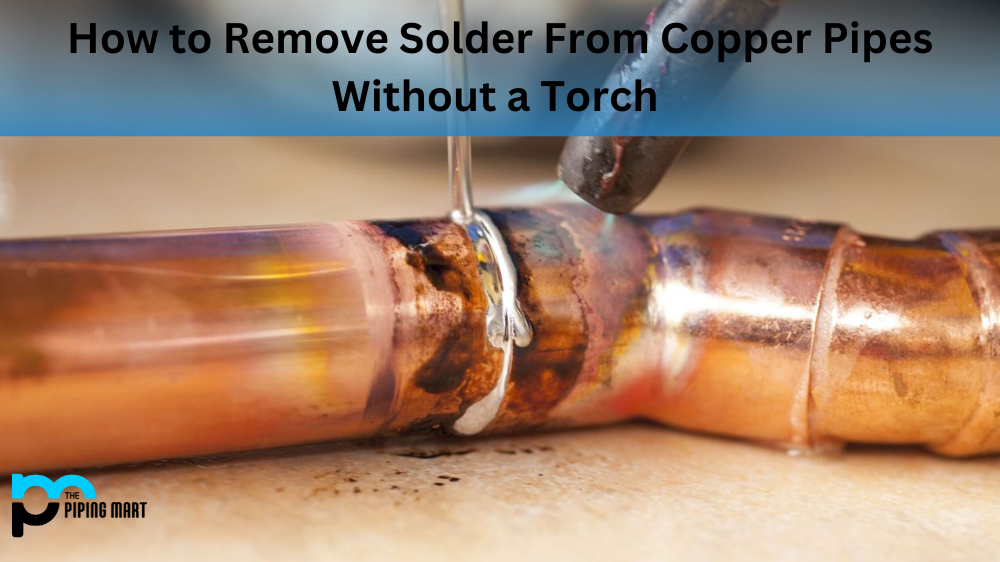Steel is an essential material in various industries, and choosing the right type of steel according to your specific requirements is vital. When choosing between 1025 and 1026 steel, many people need clarification about their differences and which one to pick. This blog post will compare 1025 and 1026 steel and help you understand their composition, properties, and applications.
What is 1025 Steel?
1025 steel is a low-carbon steel that contains 0.25% carbon. This makes it one of the most versatile steels on the market, as it can be used for various applications. It is commonly used in manufacturing auto parts, construction materials, and tools.
What is 1026 Steel?
1026 steel is a high-carbon steel that contains 0.26% carbon. This makes it one of the strongest steels on the market and more challenging to work with. It is commonly used to manufacture bearings, gears, and other high-strength components.
Difference Between 1025 and 1026 Steel
Composition
1025 and 1026 steel have a carbon content between 0.22% and 0.29%, but their differences lie in their chemical composition. Both steel sheets are low-carbon and mild, but 1026 has a slightly higher carbon content than 1025. Additionally, 1026 steel contains higher amounts of manganese, phosphorus, and sulfur than 1025. These differences in their chemical composition affect their properties, such as strength, ductility, and weldability.
Mechanical properties
Regarding mechanical properties, 1026 steel is more robust and complex than 1025. 1026 has a tensile strength of 72,000 PSI and a yield strength of 62,000 PSI, while 1025 has a tensile strength of 64,000 PSI and a yield strength of 55,000 PSI. However, 1025 steel is more ductile than 1026 and can withstand more significant deformation before cracking. Additionally, 1025 steel has better weldability than 1026 steel due to its lower carbon content.
Applications
The applications of 1025 and 1026 steels vary due to their different properties. 1025 steel is commonly used in automotive parts like gears and axles due to its excellent machinability and wear resistance. Due to its ductility and weldability, it is also used in structural components, such as support beams and braces. On the other hand, 1026 steel is used in construction, industrial machines, and high-stress structural parts due to its higher strength and hardness.
Cost
Their cost is another essential factor when choosing between 1025 and 1026 steel. 1026 steel is usually more expensive than 1025 steel due to its higher carbon content and additional alloying elements. Moreover, the cost of steel also depends on the form, size, and quantity you need.
Advantages of 1025 Steel
One of the main advantages of 1025 steel is its versatility. As it can be used for a wide range of applications, it is a popular choice for manufacturers who need versatile steel that they can use for multiple products. Additionally, 1025 steel is relatively easy to work with, making it a good choice for those new to working with steel.
Advantages of 1026 Steel
One of the main advantages of 1026 steel is its strength. This makes it ideal for power applications, such as manufacturing bearings and gears. Additionally, 1026 steel has excellent wear resistance, making it a good choice for components that require heavy use.
Disadvantages of 1025 Steel
One disadvantage of 1025 steel is its lack of strength compared to other steels on the market. Additionally, 1025 steel is not as wear-resistant as some other steels, making it more likely to experience wear over time.
Disadvantages of 1026 Steel
One disadvantage of 1026 steel is its high carbon content, which makes it challenging to work with. Additionally, because 1026 steel is so strong, it cannot be easy to weld or machine without special equipment.
Conclusion
1025 and 1026 steel have similar chemical compositions but differ in mechanical properties, applications, and cost. While 1026 steel is more robust and complex than 1025 1025 steel has better weldability and ductility. The choice between the two steels depends on your specific needs and requirements. If you need high-stress structural components that can withstand heavy loads, then 1026 steel is the right choice. Conversely, if you need good weldability and ductility for automotive parts or structural elements, then 1025 steel is a better option. Always consult a steel expert for the right advice and pick the appropriate steel according to your needs.

A passionate metal industry expert and blogger. With over 5 years of experience in the field, Palak brings a wealth of knowledge and insight to her writing. Whether discussing the latest trends in the metal industry or sharing tips, she is dedicated to helping others succeed in the metal industry.




